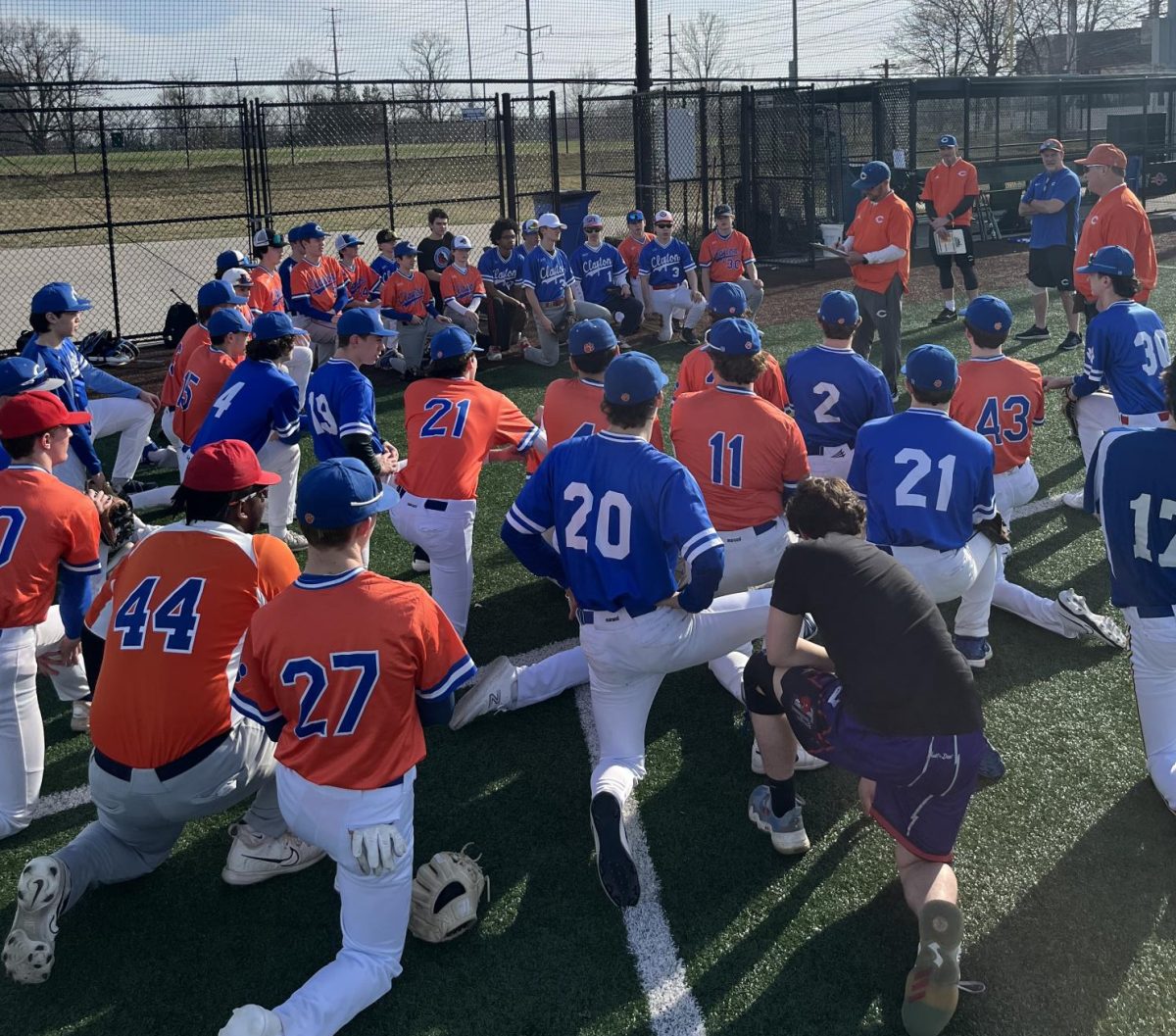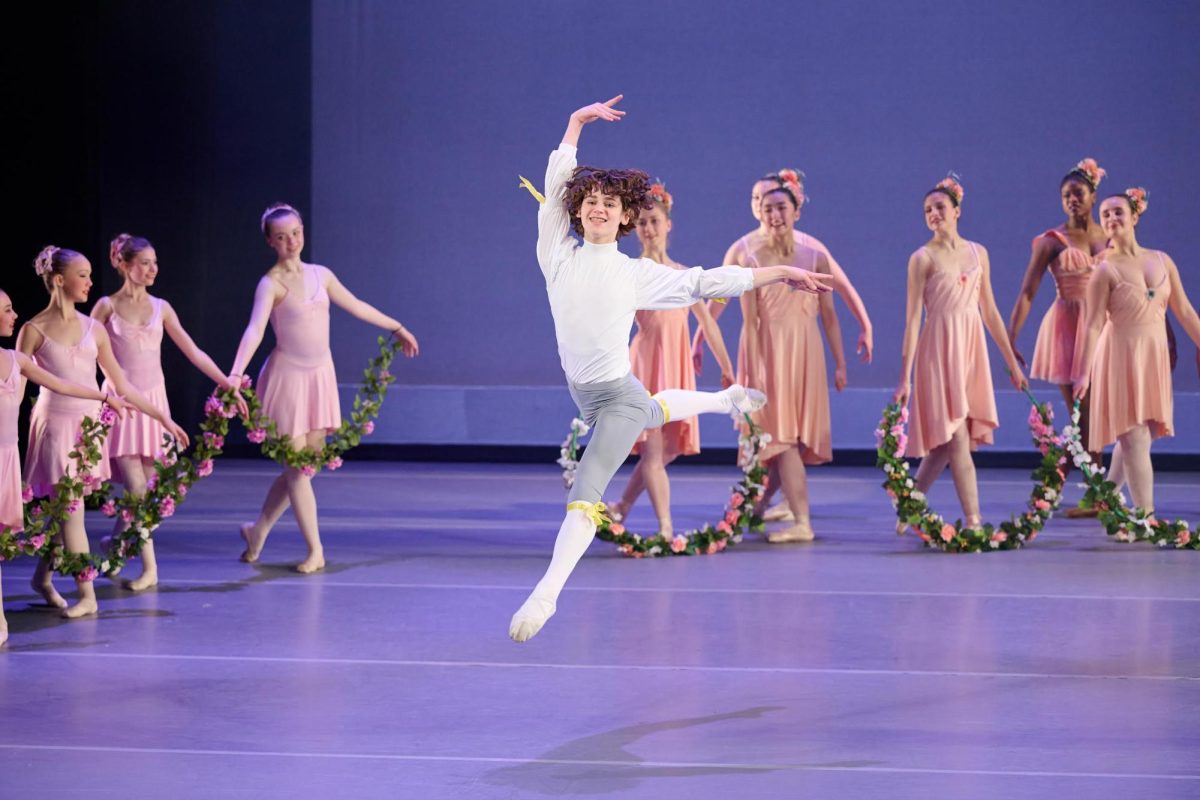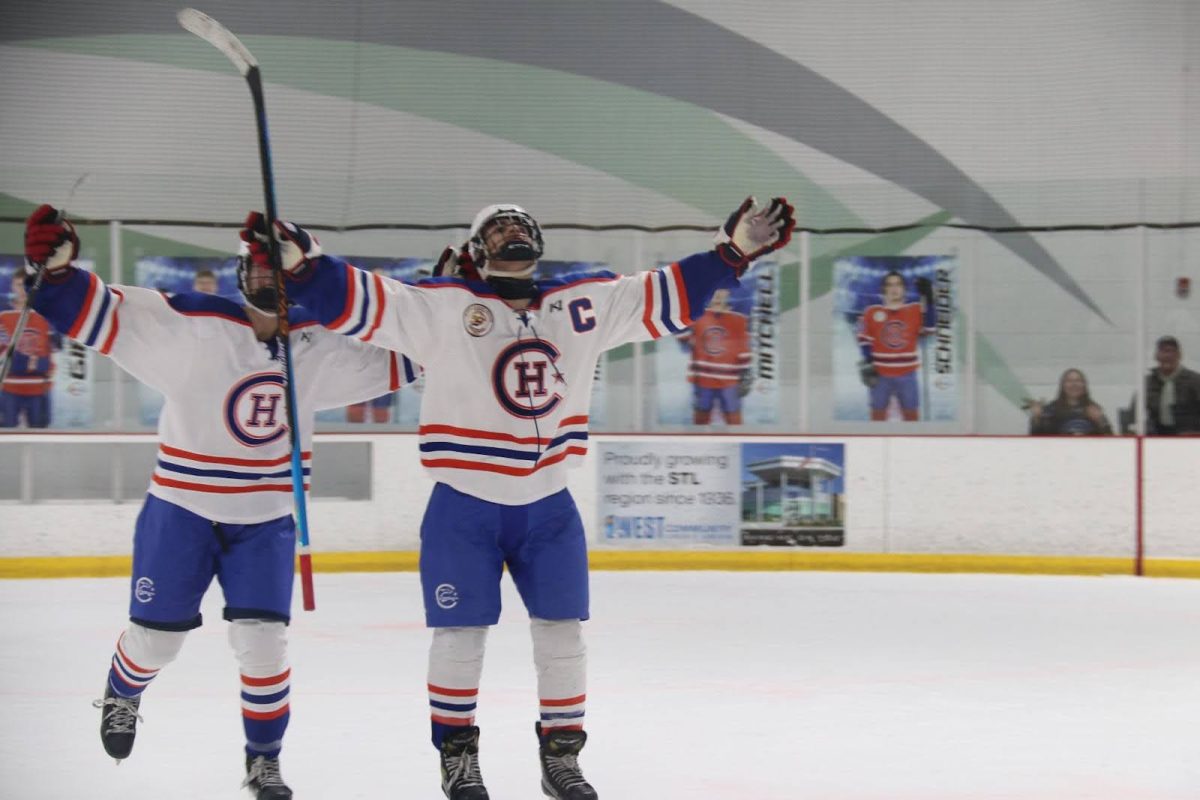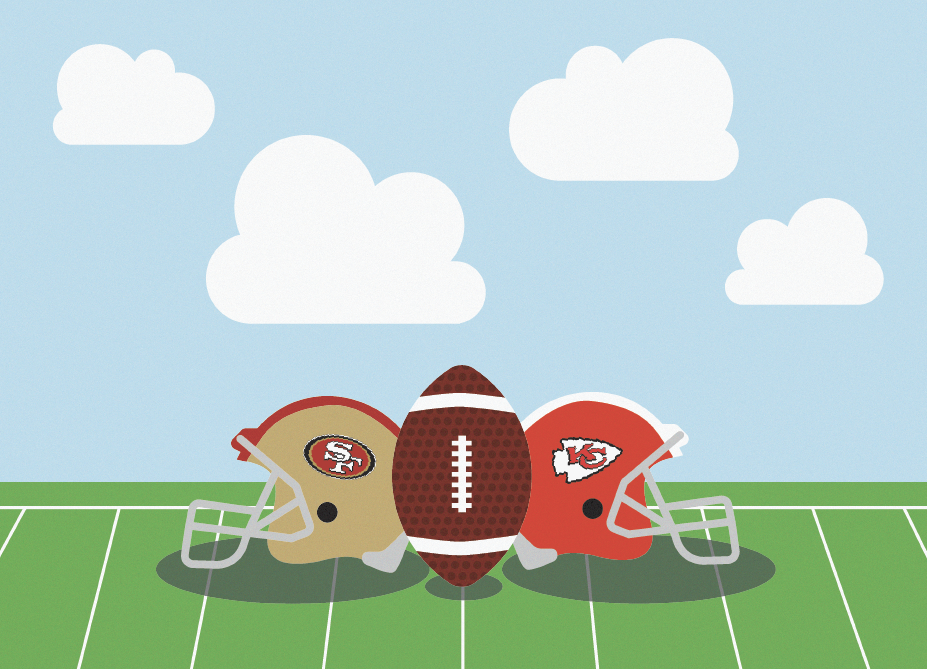Professional athletes are known for their unequivocal talent, their leadership, their paychecks and occasionally and their affinity for trouble.
Over the past few years, stories regarding competitors involved in a DWI, performance enhancing drug use, gambling and even violent behavior have become more common.
Perhaps the most obvious example would be the case of Michael Vick.
After being the first player chosen in the NFL Draft in 2001, he was a perennial Pro Bowler. However, he hosted dog-fighting tournaments at his Virginia residence, a federal felony. He served 18 months in prison for his crimes, which derailed his career entirely. While he came back last season, he played a very limited role.
National Football League (NFL) wide receiver Plaxico Burress was arrested last year after shooting himself in the thigh at a nightclub. The Manhattan District Attorney stated Burress would be prosecuted to the fullest extent of the law; he is now serving a two-year prison term. His numerous requests for early release have all been denied.
In mid December, St. Louis Cardinals’ prospect and former Lafayette High School student David Freese was arrested in Jupiter, Florida for his second DWI in 27 months.
The Cardinals’ superstar from yesteryear, Mark McGwire, recently admitted to using illegal steroids throughout his would-be Hall of Fame career. These ‘little’ mistakes are most likely due to young men with misguided methods of getting attention.
Athletes, especially male athletes, have been – and always will be – at the center of media attention. According to the Pew Research Center, about 46 percent of American adults follow sports to some degree. Many believe the reason athletes seem to commit so much crime is due to the vast amount of media coverage and the large percentage of the population following them.
Since more people are subjected to this bombardment of reported athlete crime, many think that the rate has gone up. Although the situation may be headed in that direction, the believed augmentation of offenses is not nearly so dramatic.
Media has changed since professional sports have been around. With the addition of television and the internet, information spreads much faster and to a larger volume of people. The increased rate of sharing current events has been shown to be directly proportional to the supposed increase in crime amongst athletes.
“I think [the perceived increase is] just the media outlets and the internet, and more writers [making it] more publicized,†varsity football coach Samuel Horrell said. “It’s a lot easier to get access to information these days, and that’s why it seems like there is more [crime].â€
Horrell said he is reminded of the days when the great Mickey Mantle and the rest of New York Yankees used to go out and party all night during the season. While some newsworthy – not to mention perhaps illegal – activity took place, it wasn’t publicized as much as it would be today.
As for the role that professional athletes play when it comes to setting a good example for their younger counterparts, Horrell sees the possible damage the poor behavior can inflict.
“It leads [student athletes] down the wrong path,†Horrell said. “A lot of the time those guys only get away with stuff because they have a lot of money.â€
This is not the case for teenagers, and the appalling actions teach kids the wrong lesson about accountability.
Sophomore and aspiring athlete Jeremy Phillips agrees with Horrell that the perception of inflated crime amongst athletes is due to the press. However, Phillips has a unique view about the role these immoral professionals play on affecting student athletes.
“I don’t think [professional athletes’ behavior] affects them at all,†Phillips said.
Phillips looks at the good that professional athletes provide youth: they are generally role models for leadership and even provide guidance for colleges with good athletic programs.
A factor that could play a legitimate role in altering the rate of crime among athletes is the change in personality of athletes over time. Athletes used to be viewed as model citizens and gentlemen who entertained the public. Now, a new breed of competitor that seems to not hold the same moral standards has arisen.
The psychology behind athlete crime basically boils down into a simple mindset. An athlete comes to the incorrect conclusion that because he is richer and more popular than everyone else, he is better as well. Therefore, he is above or exempt from the law and all rules that ‘normal’ society follows.
Another emphasizing the effect the media has on athletes and the over publicizing of athletes committing crime is psychology teacher David Aiello. He has many theories about a possible change from the role model athlete into the egotistical and self-centered one we see today.
Aiello says it seems to him that the majority of athletes growing up lived wholesome lives in rural areas with limited distractions. These young boys matured, and then college and professional scouts looking for new talent noticed them.
“[More] and more of the sports became organized at younger ages… things became more intense more quickly and the kids out in the country don’t have those same opportunities,†Aiello said. “People had to really stick out a lot earlier.â€
This early introduction into extreme competition never gave kids a chance to mature mentally, which leads to the juvenile behavior demonstrated by current athletes.
Another explanation for crime has to do with fame.
“Kids who grow up in a country [environment]… might have been the big man in a small town,†Aiello said.
He concluded that the professional athletic world teaches kids to strive for attention and make headlines rather than play the sport. Attempts at getting back into the spotlight sometimes result in crime.
Aiello also brings up Mickey Mantle as an example of society molding him into an attention-seeking being.
“[Mantle is a] kid from ‘Small town’, Oklahoma, and all of a sudden he’s the greatest baseball player in the world,†Aiello said. “He couldn’t handle that as well as he [should] have. The guy partied his way out of baseball. He is right at that time period where the athletes went from being athletes to being superstars.â€
However, this phenomenon of a change in athlete culture occurred about 35 to 40 years ago, so this particular variable has not changed recently to indicate any obvious rise in athlete crime. Some studies have been done to try to find out if athletes are more prone to crime.
According to the Benedict-Crosset study, an analysis of sexual assaults at 30 major Division 1 schools, college athletes make up about 3.3 percent of college students, yet have committed 19 percent of reported sexual assault cases.
Although it reported clear results, the study was held over three years in the 1990s and only tested one type of offense among strictly collegian athletes. This sample is too small to judge all upper level athletes who commit any type of crime.
The main reason that is shared by most individuals for the appearance of a rise in athlete crime lies in the media. There is a constant stream of information that hopes to appeal to listeners or readers.
Aiello provides justification for why athletes are targeted so much by the media.
“Nowadays… especially with cable and talk radio, the sports world has become so much more competitive for market share, for listeners, for readers,†Aiello said. “They do whatever they can and go to the lowest common denominator: Sex sells, drugs sell and crime sells.â€
Some information also compiled from stltoday.com






